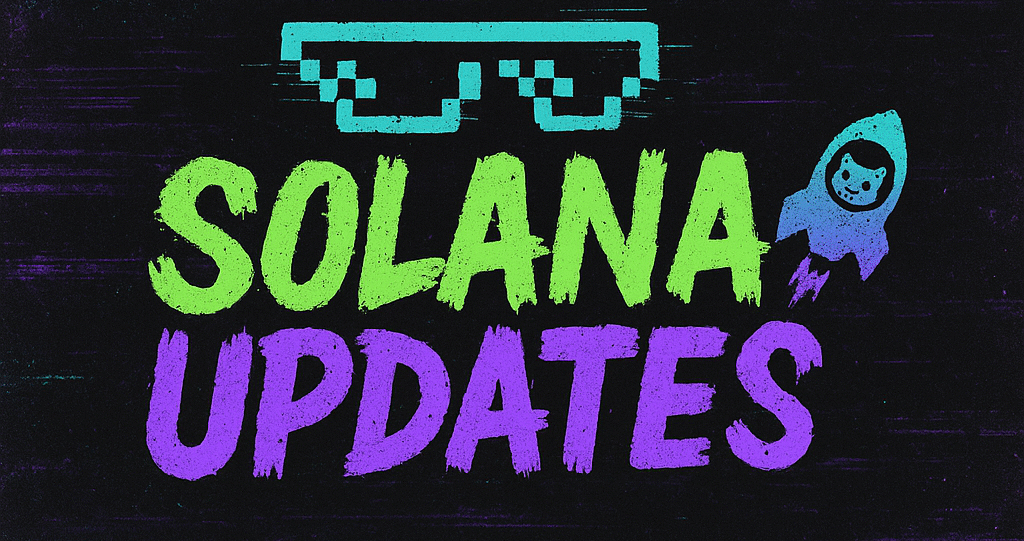BlackRock and the U.S. Spot XRP ETF: Unpacking the Hesitation
BlackRock, the world’s largest asset manager, has always been at the forefront of financial innovation, including the realm of cryptocurrency exchange-traded funds (ETFs). However, in the burgeoning field of spot XRP ETFs, BlackRock’s noticeable absence has sparked curiosity and speculation. This article delves into five potential reasons why BlackRock may be hesitant to file for a spot XRP ETF, despite the growing interest from investors and the competitive ETF landscape.
1. Regulatory Caution
The primary reason for BlackRock’s reluctance could be regulatory uncertainties. The U.S. Securities and Exchange Commission (SEC) has been notoriously stringent when it comes to approving cryptocurrency ETFs. While there have been movements towards regulatory clarity, the landscape remains fraught with complexities, especially concerning altcoins like XRP. BlackRock, known for its cautious and strategic approach, might be waiting for a clearer regulatory framework before making any moves in the XRP space.
2. Client Demand and Interest
Another significant factor could be the level of client demand for an XRP ETF. BlackRock’s products are often driven by the needs and interests of its vast client base. Compared to Bitcoin and Ethereum, XRP might not currently command the same level of interest or demand among institutional investors. If BlackRock’s clients are more focused on assets like Bitcoin or Ethereum, the firm may prioritize these over XRP.
3. Competition and Market Saturation
The ETF market is highly competitive, with numerous players vying for dominance. BlackRock may be assessing the competitive landscape for XRP ETFs and determining whether entering this market would be strategically beneficial. With several firms already in the race, BlackRock might be evaluating its position and considering whether it could offer a distinctive product that differentiates itself from existing offerings.
4. Technological and Operational Considerations
Launching a new ETF, especially one based on a volatile asset like XRP, requires significant technological and operational infrastructure. BlackRock may be evaluating its current capabilities and considering the technological investments required to support such a product. It is possible that the firm is working behind the scenes to ensure they have the necessary infrastructure in place to effectively manage and operate an XRP ETF.
5. Strategic Focus on Bitcoin and Ethereum
Finally, BlackRock may simply be prioritizing its efforts on Bitcoin and Ethereum, the two leading cryptocurrencies by market capitalization. These assets have more established markets and clearer regulatory guidance, making them safer bets in the eyes of institutional investors. By focusing on Bitcoin and Ethereum, BlackRock can ensure a robust entry into the crypto ETF space without the added complexities that come with altcoins like XRP.
In conclusion, while BlackRock’s hesitation to file for a spot XRP ETF may seem puzzling at first glance, a deeper analysis reveals a mix of strategic, regulatory, and market-driven reasons. As the cryptocurrency landscape continues to evolve, BlackRock’s approach will likely adapt to new opportunities, possibly paving the way for future involvement in XRP and other altcoins. For now, the firm appears to be playing a cautious game, ensuring that any move aligns with its broader strategic goals and client interests.
🛒 Recommended Product: Check out top-rated crypto gear on Amazon


